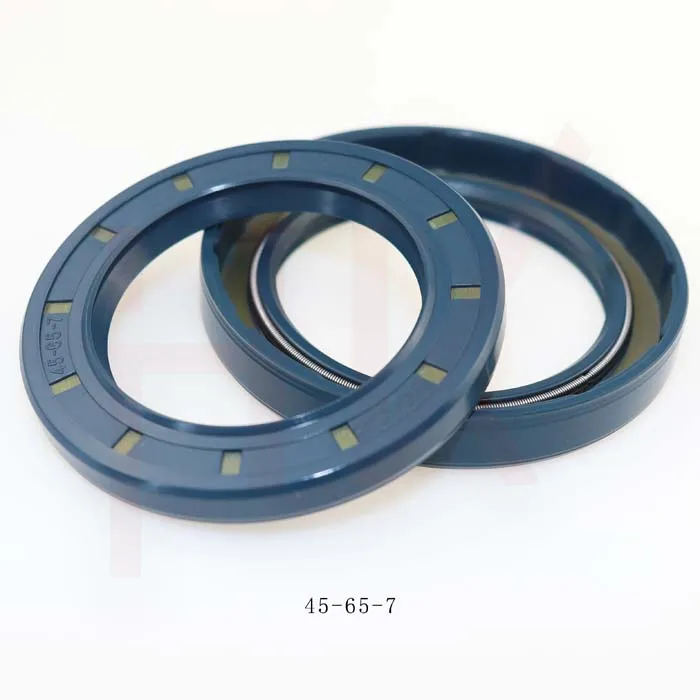Nov . 06, 2024 11:55 Back to list
oil wiper ring
Understanding Oil Wiper Rings A Crucial Component in Engine Efficiency
Oil wiper rings, often overlooked in the context of engine components, play a critical role in the overall functionality and efficiency of internal combustion engines. These specialized rings are designed to control oil consumption and maintain optimal lubrication within the engine, ensuring that the moving parts operate smoothly and efficiently.
What Are Oil Wiper Rings?
Oil wiper rings, sometimes referred to as oil control rings, are a component of the piston assembly that resides within the engine cylinder. Their primary purpose is to regulate the amount of oil that reaches the combustion chamber while preventing excessive oil from entering the piston area. This careful balance is essential because too much oil can lead to increased emissions, poor fuel economy, and overall engine performance issues.
How Do They Function?
The design and functionality of oil wiper rings are quite sophisticated. They work in conjunction with other piston rings, specifically the compression and scraper rings, to create a sealing effect that minimizes blow-by (the escape of gas past the piston into the crankcase) and optimizes oil distribution. As the piston moves up and down within the cylinder, the oil wiper ring scrapes excess oil off the cylinder wall and directs it back into the oil pan, ensuring that the pistons remain adequately lubricated without consuming excessive amounts of oil.
The Importance of Maintaining Oil Wiper Rings
oil wiper ring

Failure to maintain or replace worn oil wiper rings can lead to several performance issues. For instance, if the rings wear out or degrade, they may allow too much oil to enter the combustion chamber. This can result in oil burning alongside fuel, producing blue smoke from the exhaust and contributing to higher emissions levels. Moreover, excessive oil consumption can lead to increased costs for fuel and oil, as well as potential engine damage over time.
Regular maintenance and timely replacement of oil wiper rings are essential for maintaining engine performance. Mechanics often check these components during routine engine inspections. Signs that oil wiper rings may need attention include decreased engine performance, increased oil consumption, or the presence of blue smoke in the exhaust.
Innovations in Oil Wiper Ring Technology
In recent years, advancements in materials and design have significantly improved the performance and longevity of oil wiper rings. Modern rings are often made from high-strength alloys and coatings that enhance their wear resistance and efficiency. Some manufacturers are also incorporating innovative designs that allow for better sealing and reduced friction, further enhancing engine performance.
Conclusion
Oil wiper rings may be small and somewhat hidden within the intricate machinery of a vehicle’s engine, but their importance cannot be underestimated. By managing oil consumption and ensuring proper lubrication, these rings contribute greatly to engine longevity and efficiency. Whether you are a car enthusiast or simply a vehicle owner, understanding the role of oil wiper rings can help you appreciate the complexity and engineering brilliance behind modern internal combustion engines. Regular maintenance and attention to these components are vital for ensuring that your engine runs smoothly for years to come.
-
TCN Oil Seal Metal Ring Reinforcement for Heavy Machinery
NewsJul.25,2025
-
Rotary Lip Seal Spring-Loaded Design for High-Speed Applications
NewsJul.25,2025
-
Hydraulic Cylinder Seals Polyurethane Material for High-Impact Jobs
NewsJul.25,2025
-
High Pressure Oil Seal Polyurethane Coating Wear Resistance
NewsJul.25,2025
-
Dust Proof Seal Double Lip Design for Construction Equipment
NewsJul.25,2025
-
Hub Seal Polyurethane Wear Resistance in Agricultural Vehicles
NewsJul.25,2025
-
The Trans-formative Journey of Wheel Hub Oil Seals
NewsJun.06,2025
Products categories
















